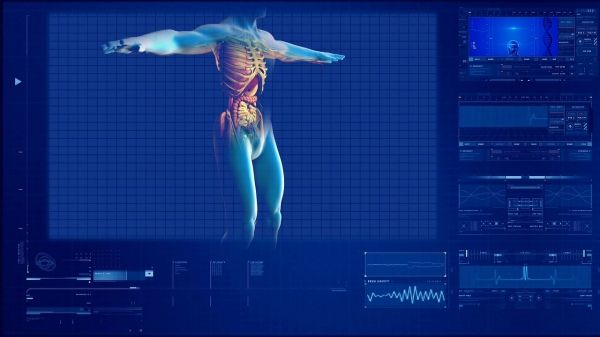University of Connecticut researcher Dr. George Wu recently published a paper in the Journal of Gastroenterology and Hepatology outlining his successful experiment delivering mitochondria to liver cells.
This groundbreaking experiment marks the first time researchers have ever successfully introduced mitochondria into specific cells in living animals.
Mitochondria generate energy from the conversion of fatty acids and carbohydrates to carbon dioxide and water, powering cells throughout the body. There is a significant link between mitochondrial damage and various liver diseases. When mitochondria are damaged, they cannot provide the liver with enough energy to function normally. This results in liver cell death and liver failure.
Currently, the only treatment for liver failure is a complete organ transplant. Surgeons perform approximately 8,000 liver transplants per year in the United States, but because of a shortage of donor livers, thousands more people on the waitlist for a transplant will die before receiving one.
Read more at University Of Connecticut
Image by PublicDomainPictures from Pixabay


